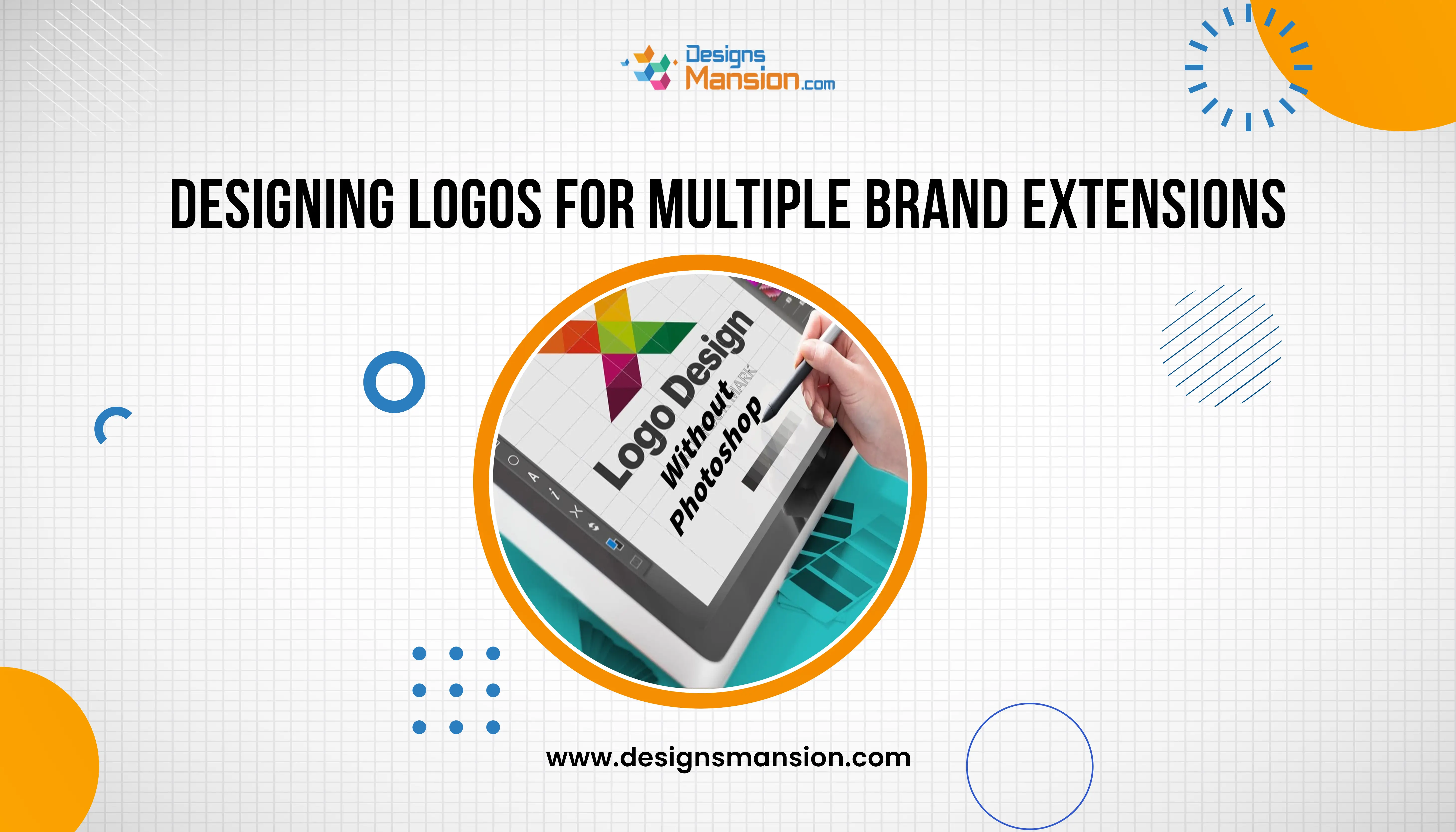
Providing you the perfect solution for your business needs. Let's work together and unlock doors to success.

The necessity of brand extensions comes when a business expands beyond the product or service that it started with. The new categories enable the firms to access new audiences and diversify their products. The opportunities, however, come with the challenge of the cohesion of identity in all extensions. It is here that the need to create logos that relate to several brand extensions comes in.
Brand architecture is the strategy that determines how a parent brand is related to its extensions. The visual language of logos has to correspond to this structure, whether the company chooses a branded house model, when all the products are under the single name, or a house of brands model, when the sub-brand is a separate entity. The introductory aspect that observers see is the logo; thus, it must exhibit the uniqueness of the sub-brand as well as identify with the brand.
A sub-brand logo has a special purpose in brand architecture. It ought to emphasize the pronounced placement of a product or service and still retain the visual images to identify it in relation to the parent brand. It is a balance that can be attained by regularly using typography, color scheme, or graphics. In a tech firm with several product lines, one can consider the font of all the logos to be the same, but each sub-brand has a different accent colour. This would be a sure way of being recognized and being able to differentiate.
What is difficult is ensuring that it is not cluttered or confusing to the eye. A powerful sub-brand logo will be simultaneously both strong and flexible. Designers must be long-term thinking in that the system must be able to accommodate future extensions without the sacrifice of brand equity.
Logos of several extensions have to be developed with a delicate balance of consistency and flexibility. Excessively similar can result in the customer not differentiating between what is offered, and excessively differentiated can result in the parent brand losing some of its influence. Creating a visual identity system that contains logo guidelines, scalable assets, and rules of use assists with keeping the coherence.
Flexibility is applied when different markets, cultures, or platform logos are adapted. As an example, a global brand may change iconography or typography style and maintain brand aspects. This flexibility makes the logos pertinent and practical, and they do not lose their relationship with the greater identity.
Finally, logos are not only symbols, but also communication tools. When it comes to brand extensions, they work as a middle ground that makes consumers feel that they will not lose trust in the initial brand as a result of novel offerings. Analogously developed logo system strengthens credibility, creates recognition, and creates loyalty among various categories.
Logo development of multiple brand extensions entails a sense of creativity and strategicity. Having a brand architecture and designing sub-brand logos that balance individuality and cohesion will enable the companies to grow with a lot of confidence without losing a sense of identity. We have confidence at Designs Mansion in creating visual systems that not only appeal to the eye but also support brand equity in all the extensions of your business.